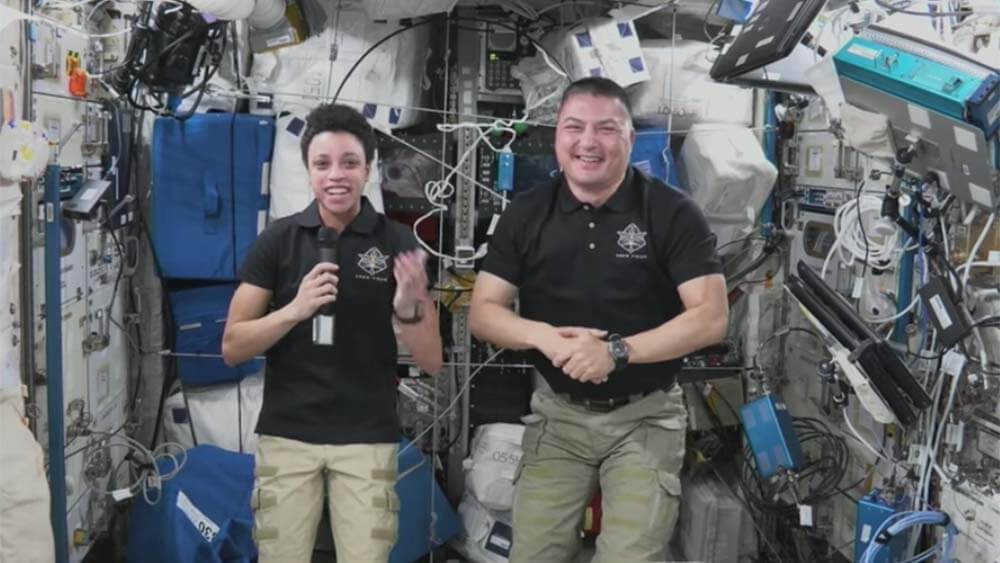In 2012, Angry Birds was the most downloaded app, the iPhone was five, and Zoom was only a year old. What if you could go back in time and see what you thought then would be different in the meetings industry a decade later? We recently came across a story Convene published in January 2013 reporting on a survey by the Watkins Research Group which asked meeting planners that very question: Imagine it’s the year 2022 and you’re still planning large meetings. What’s different?
There is much in their predictions that meeting planners got right — holograms have come a long way; increased access to digital information is focusing attention on experiences and networking; and “all electronic program books”— i.e., apps — have largely replaced paper. And although no one predicted the pandemic, the widespread use of technology to bring people together digitally is a reality.
Other predictions were misses, including that all internet access would be free; that floors would automatically adjust to each person’s step; and that by 2022, meeting rooms would be universally tech-ready so that set-up was never necessary.
Still, it’s possible to see the present — and still-emerging future — in these 10-year-old predictions. Here is how this group of event professionals envisioned their events taking shape in 2022.
1. Eighty percent of my members are in attendance at our annual conference, either in person or virtually. The CVB has provided the technological assistance to broadcast the entire conference by arranging for local sponsorships. Our keynote speakers give their presentation from the new orbiting space station as a 3-D holographic projection. And the major difference is that no one complains about the food!
2. All attendees will be able to interactively participate in all sessions via wireless devices. Many sessions will have holographic speakers, beamed in from around the world. An equal number of attendees will be virtual and on-site. All attendees will have an opportunity to present their expertise to other attendees via spontaneous, interactive hybrid sessions. All attendees will be instantaneously locatable via GPS badges.
3, All-electronic signage, all-electronic program books with voice activation to get attendees from meeting to meeting. All Internet access will be free, and the capability to do web meetings for those that can’t attend will be seamless. All meeting rooms will have technology in them permanently to save on sets and resets. Meeting planners’ specs will be able to be entered right into hotel interface to save time/errors and duplication of effort. In a nutshell, technology will be embedded in all aspects to allow us all to focus on the education and the attendees.
4. As personal time becomes more valuable, ease of access, sophisticated use of technology, high-quality hotels and restaurants will become more important. It’s the why should I travel to this meeting.
5. Banquet chairs automatically adjust to the right height and support for each individual and won’t be connected to each other! Lighting will make us all feel good and look even better. Healthy snacks and personalized beverages will be available on demand. Floor surfaces will respond to each person’s step to keep their feet from hurting.
6. I think the biggest change will be in session formats and information delivery. I don’t think that technology/web-based meetings will take the place of face-to-face meetings, but I do think that the focus of attendees when they are at the meeting will be on networking and making connections, more than pure content learning, since other sources will exist for this information. We will be tasked with providing unique learning opportunities and networking opportunities.
7. People will still want to have face-to-face meetings, but technology will be integral to all aspects. The smart frames on your glasses will project program information, where your friends are, local attractions, etc. Blink on an exhibitor ad and you’ll receive their marketing materials instantly. Session evaluations and speaker feedback will occur instantaneously. Because session content will be available electronically and can be viewed when convenient, attendees will spend more time networking with peers and engaged in social activities. Wi-Fi will be free in all the venues. We won’t need special AV setups in each room because the speaker notes will be uploaded onto the attendee’s personal digital device (could be a tablet). No more delegate bags. Name badges will have GPS. If you’re not at the meeting, I’ll know. The majority of attendees will be older, so facilities will have people movers and indoor shuttles. There will be hearing-impaired broadcasts of keynote addresses. Shuttles from the hotels will be necessary, not optional. Caterers will only offer a la carte menus to accommodate increasingly fractured dietary requirements.
(This article was originally written for PCMA by Barbara Palmer who is deputy editor of Convene. To view the original article, click here).
